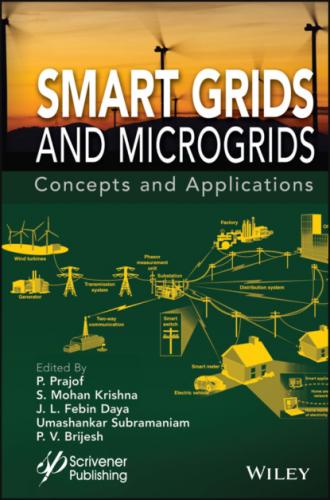The parameters of series resistance (Rse), shunt resistance (Rsh) and diode thermal voltage (Vt) are estimated by solving three non-linear equations using NR method under STC for SDM of solar PV. Then, the derived solution from NR were used to extract the light generated current (ILG), and diode reverse saturation current (Isat).
The variation in shunt, series, and thermal voltage are calculated under dynamic conditions using the data given in the manufacturer data sheet by using appropriate equations. Then, these values are used to evaluate the maximum voltage and current at MPP by solving the two non-linear equations using NR technique.
The unknown parameters and MPP are evaluated for different PV modules of KD245GX, U5-80 and Shell SP70 using Matlab simulation. The I-V and P-V characteristics of HST60FXXXP solar PV panel obtained during simulation are validated with experimental results.
1.2 Mathematical Model of Solar PV
The mathematical modeling and analysis of SPV panel is more significant to study the operation of the PV system and to forecast the influence of various factors on the PV module’s performance particularly under dynamic environmental situations. To study the operation of SPV cell under given operating conditions of solar irradiance and temperature, a SDM is considered for analysis. As in most of the studies, SDM has been considered for the estimation of electrical parameters due to its simplicity and accuracy [14, 16]. The equivalent circuit of SDM is represented using a current source with an inverted diode, series (Rse), and shunt resistance (Rsh) as shown in Figure 1.1.
Figure 1.1 Equivalent circuit of SDM.
On applying Kirchhoff ’s current law (KCL) to the equivalent circuit of SDM, the relationship obtained among the output voltage (V) and current (I) of PV cell can be described as follows:
(1.1)
Where, I-Output current of PV panel terminals in Amps, V-output voltage of PV panel terminals in Volts, ILG -Light generated current of PV panel in Amps, Ns-Number of series connected solar cells, Isat- Reverse saturation current of diode in Amps, Rse, and Rsh –Series and shunt resistance of solar PV module in Ohms. The thermal voltage (Vt) of a diode for one individual cell is represented as,
(1.2)
Where, A depicts the ideality factor of diode, k represent the Boltzmann constant (1.3806 × 10-23 J/K), Tc is the SPV module temperature (STC) in K, and q is the Electronic charge (1.602 ×1019C). The unknown parameters of PV panel namely ILG, Isat, A, Rse and Rsh can be calculated by numerical and analytical approaches using the information of datasheet given by the manufacturer for the PV module at STCs [15]. From (1.1), it is observed that the I-V characteristics curve greatly depends on five unknown parameters of the SPV cell. Therefore, the accurate estimation of electrical parameters is very important to achieve the characteristics closer to real time. The equations used to determine these five parameters such as ILG, Isat, A, Rse and Rsh using numerical techniques are as follows:
Step-1: Short Circuit Condition (SCC) - During this condition, the output voltage across the panel becomes zero (V=0) resulting in maximum short circuit current (Isc). This can be obtained by substituting V=0 in (1.1) resulting,
(1.3)
By substituting the short circuit conditions in (1.1) and after few simplifications, the light generated current (ILG) can be expressed as [17, 18]:
(1.4)
Step-2: Open Circuit Condition (OCC) – During OCC, the panel output current is zero (I=0) and substituting this condition in (1.1) becomes [17, 18]:
(1.5)
Step-3: Maximum Power Point condition (MPP)- The maximum point voltage Vmpp and current Impp of PV panel is available in manufacturer datasheet. By substituting these parameters in (1.1) we get,
(1.6)
The derivative at the maximum power point (MPP) is zero as the tangent at MPP is parallel to voltage axis [19]. Therefore,
(1.7)
The derivative of current with respect to voltage at SCC is mainly determined using the shunt resistance as [15],
(1.8)
From above equation, the dI/dV can be illustrated as,
(1.9)
1.2.1 Calculation of Vt, Rse and Rsh
As numerical methods are sensitive to initial conditions assumed for solving the non-linear transcendental equations, improper selection of initial values may lead to failure of convergence. Therefore, proper initial values are need to be selected for achieving good convergence and it is discussed [15]. By rearranging equations (1.6), (1.7) and (1.9), the expressions for determining Vt, Rse and Rsh can be obtained as given in (1.10), (1.11) and (1.13), respectively.
(1.10)
(1.11)
